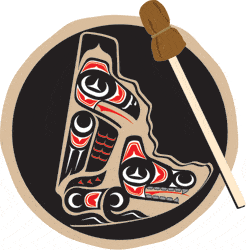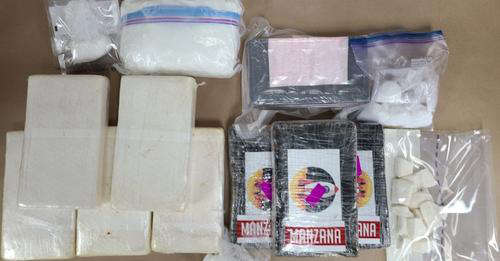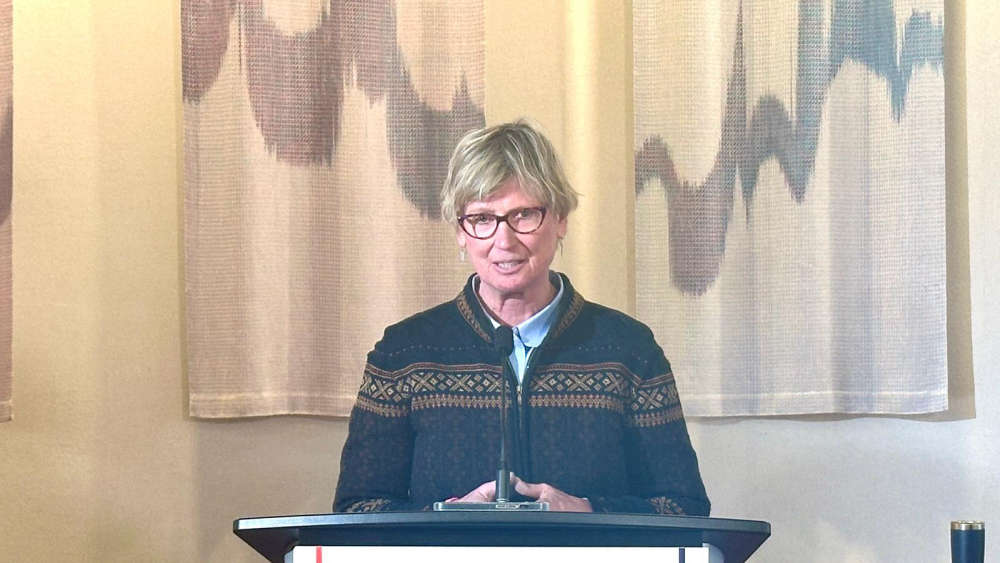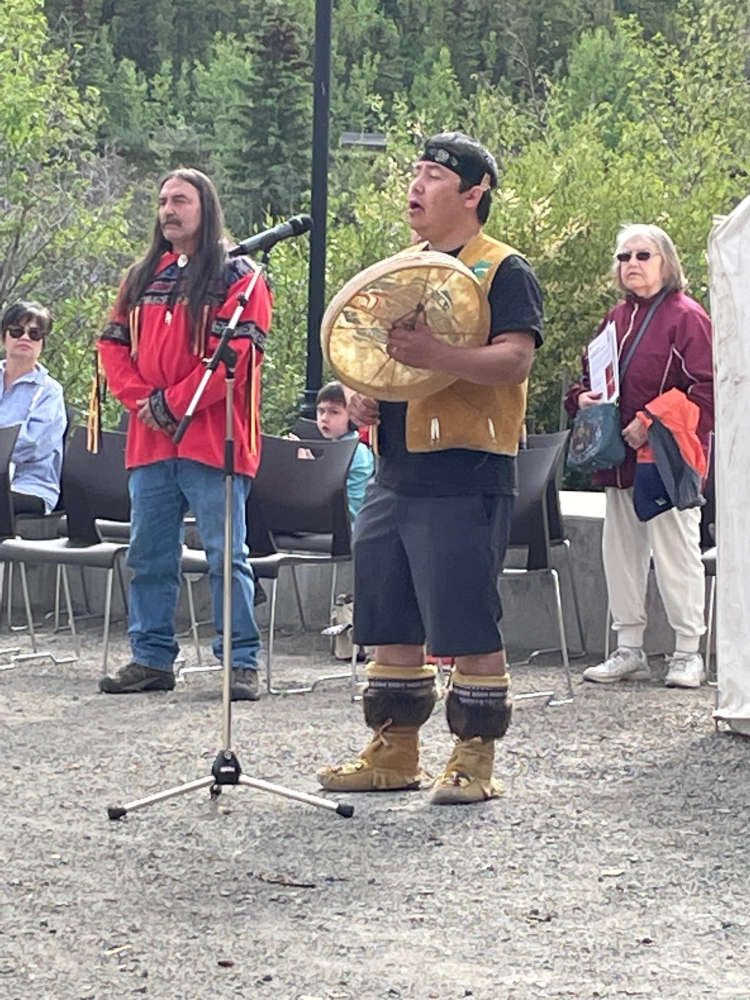
Turns out tools were made with a little help from beavers.
A two-metre-long 6,000-year-old throwing dart that was discovered melting free from alpine ice in the Traditional Territories of the Carcross/Tagish First Nation and the Kwanlin Dün First Nation in the fall, of 2018 is today shining light on old tool making techniques.
A study by the Canadian Conservation Institute has found that beaver castoreum, a secretion that beavers use to mark their territory, was used to make the dart. It’s unclear what the castoreum was used for, though it could have been a preservative, an adhesive or to colour the projectile.
The research started when Yukon Museums Conservator and study co-author Valery Monahan, found an unusual orange residue where different parts of the artifact were bound together. Analysis found that it was castoreum.
Throwing darts were the preferred hunting projectile of Yukon First Nations people before the 7th century AD. They were later replaced by bows and arrows around the year 847 AD.
Leaders of the study will give a presentation on June 17 at 11 a.m. that will be livestreamed to the Yukon Beringia Interpretive Centre Facebook page.

 Whitehorse Emergency Shelter staff not trained for emergency as CCTV footage reveals Yukon woman left faced down on mattress unattended at Whitehorse Emergency Shelter
Whitehorse Emergency Shelter staff not trained for emergency as CCTV footage reveals Yukon woman left faced down on mattress unattended at Whitehorse Emergency Shelter
 Premier pledges to meet with Yukoners living in tents to help them find housing
Premier pledges to meet with Yukoners living in tents to help them find housing
 Yukon’s legislature recognizes 40 years of programming by CHON-FM/NNBY
Yukon’s legislature recognizes 40 years of programming by CHON-FM/NNBY
 The Whitehorse Star says goodbye after over a century of publication
The Whitehorse Star says goodbye after over a century of publication
 City of Whitehorse tables new bylaw to discourage abandoning buildings
City of Whitehorse tables new bylaw to discourage abandoning buildings
 Yukon Party renews its criticism of Yukon Hospital Corporation funding following CBC article.
Yukon Party renews its criticism of Yukon Hospital Corporation funding following CBC article.
 Ah'Nezen! happens tonight at 5pm
Ah'Nezen! happens tonight at 5pm
 CHON-FM's Kaska-language coverage of hockey tournament gets national attention
CHON-FM's Kaska-language coverage of hockey tournament gets national attention
 Yukon Party criticizes the health minister's trip to Scotland
Yukon Party criticizes the health minister's trip to Scotland
 Whitehorse RCMP arrests one suspected to be involed with Victim Services Office break-in
Whitehorse RCMP arrests one suspected to be involed with Victim Services Office break-in
 Yukon Native Hockey Tournament returns to Whitehorse
Yukon Native Hockey Tournament returns to Whitehorse
 Community space in the former cafeteria in Jim Smith Building now open
Community space in the former cafeteria in Jim Smith Building now open
 Break-in at Whitehorse Victim Services office under inverstigation
Break-in at Whitehorse Victim Services office under inverstigation
 Yukon's RCMP records historic seizure of cocaine in Dawson City
Yukon's RCMP records historic seizure of cocaine in Dawson City
 The City of Whitehorse Free Fare Transit Survey results now available
The City of Whitehorse Free Fare Transit Survey results now available
